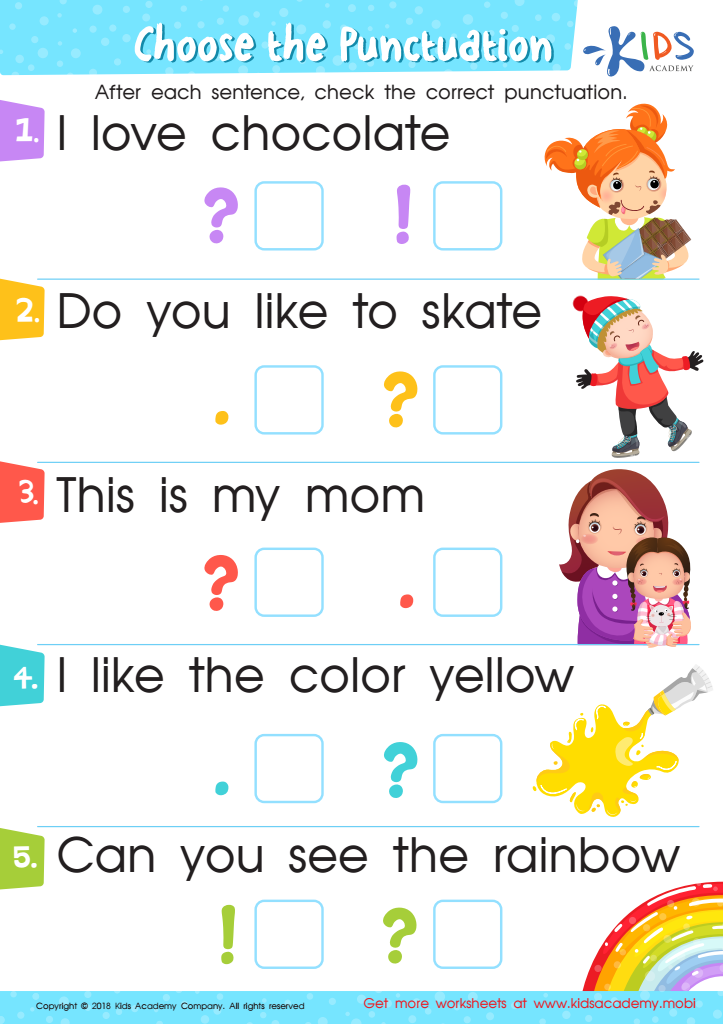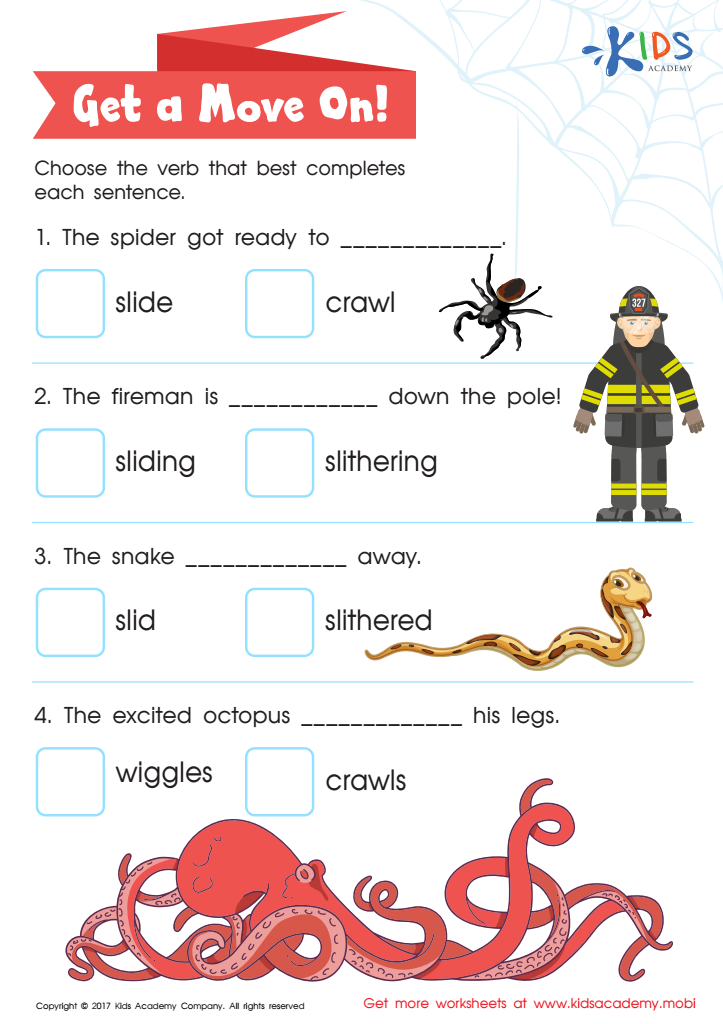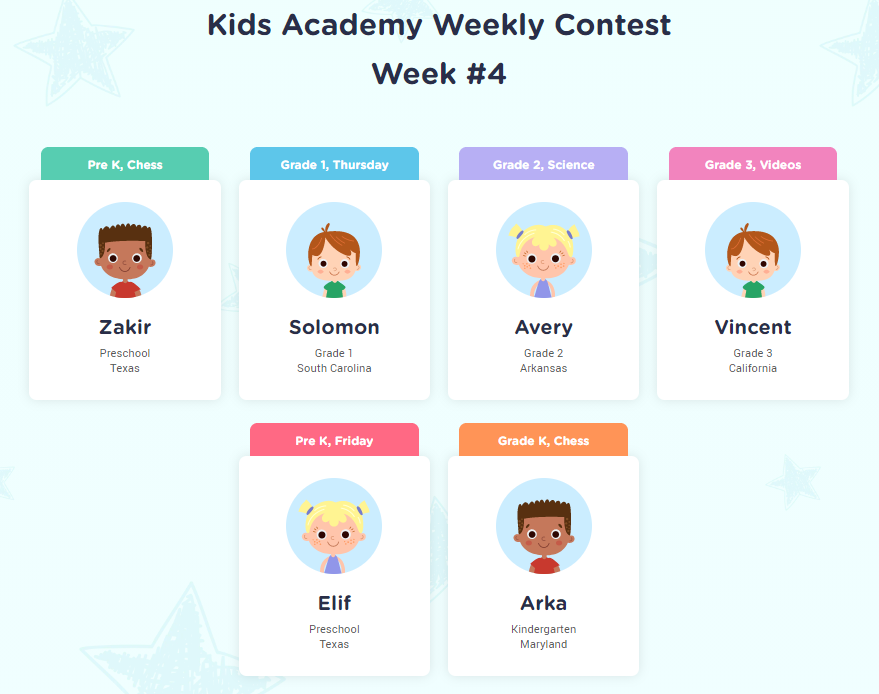Sentence comprehension Normal Reading Worksheets for Ages 3-9
3 filtered results
-
From - To
Boost your child's reading skills with our engaging Sentence Comprehension Normal Reading Worksheets, designed specifically for ages 3-9. These worksheets offer a fun and interactive way for young learners to enhance their understanding of sentence structure and meaning. Each activity is tailored to develop critical thinking and reasoning abilities through visual aids and age-appropriate content. Ideal for preschool and early grade teachers, parents, or tutors, our printable resources support literacy development and make learning enjoyable. With various themes and difficulty levels, your child will enjoy improving their comprehension skills while fostering a lifelong love for reading! Download your worksheets today!


Choose the Punctuation: Assessment Worksheet


Where Are Pronouns? Worksheet


Verb Worksheet
Sentence comprehension is a critical skill that forms the foundation for successful reading development in children aged 3 to 9. This stage is when children transition from listening to stories to actively engaging with text. Developing strong sentence comprehension skills enables children to understand the meaning of sentences, grasp context, and enhance vocabulary.
Parents and teachers should care about this because proficient sentence comprehension supports overall literacy skills and academic achievement. When children can comprehend sentences well, they are better equipped to decode and interpret complex texts as they progress in their education. Early mastery allows for greater confidence and enjoyment in reading activities.
Moreover, comprehension skills are interconnected with critical thinking, as children learn to analyze and infer meaning. Fostering these skills at an early age promotes a love for reading, encouraging lifelong learners.
Furthermore, children with strong comprehension abilities are more likely to perform well in school assessments, translating to greater opportunities in their future education. Ultimately, investing time in nurturing sentence comprehension effectively shapes a child’s reading proficiency, learning experience, and overall success, making it imperative for both parents and teachers to prioritize this aspect of literacy development.
 Assign to My Students
Assign to My Students







.jpg)








